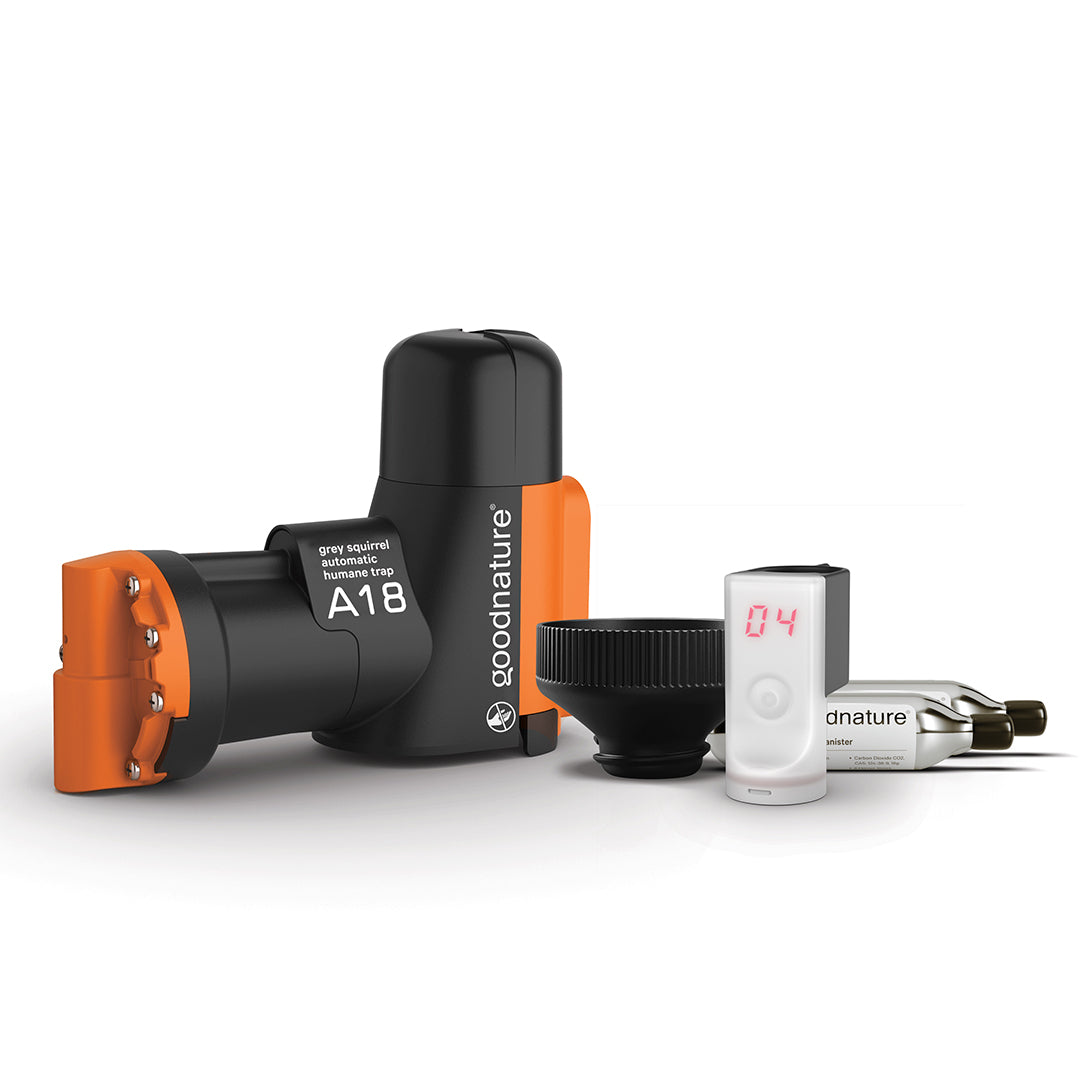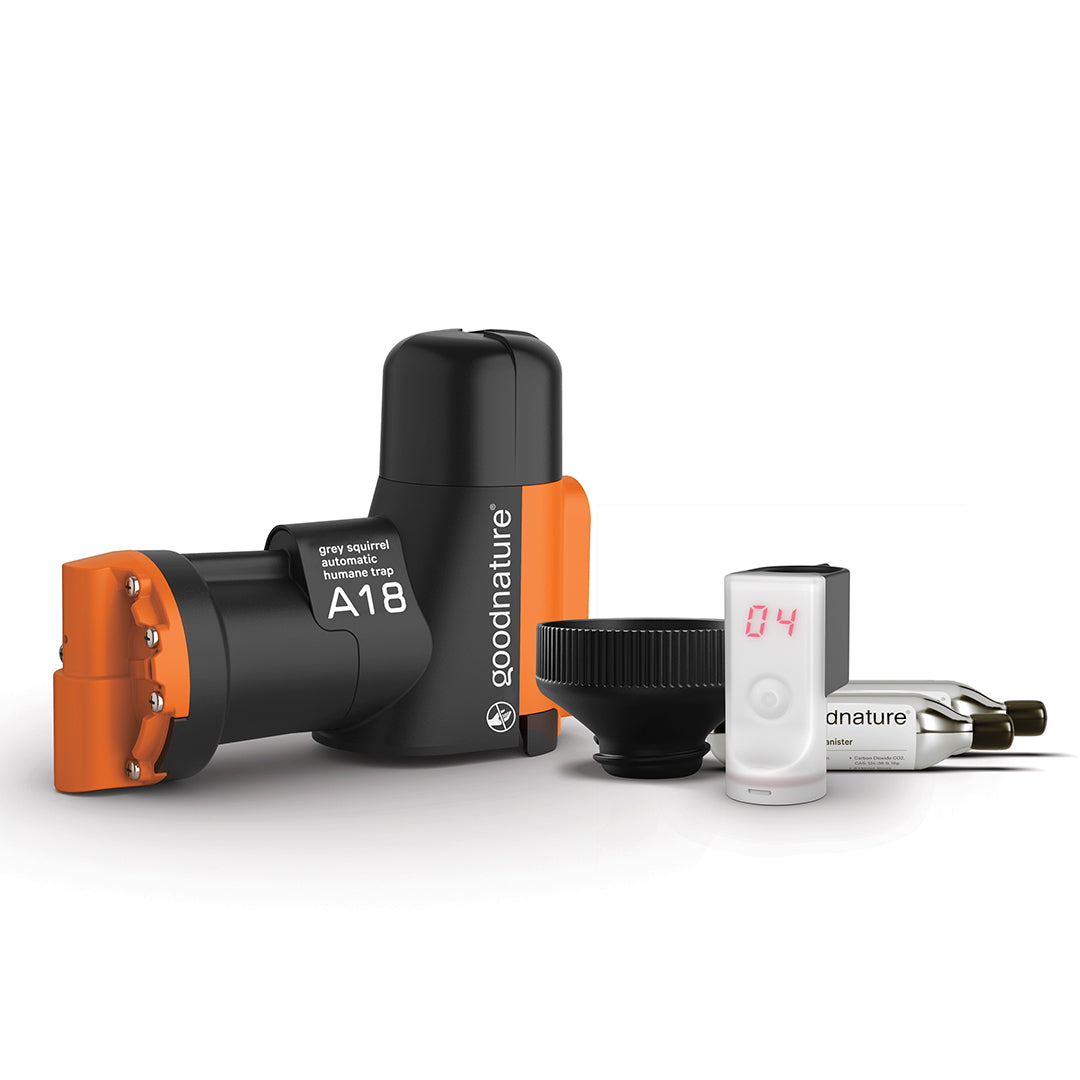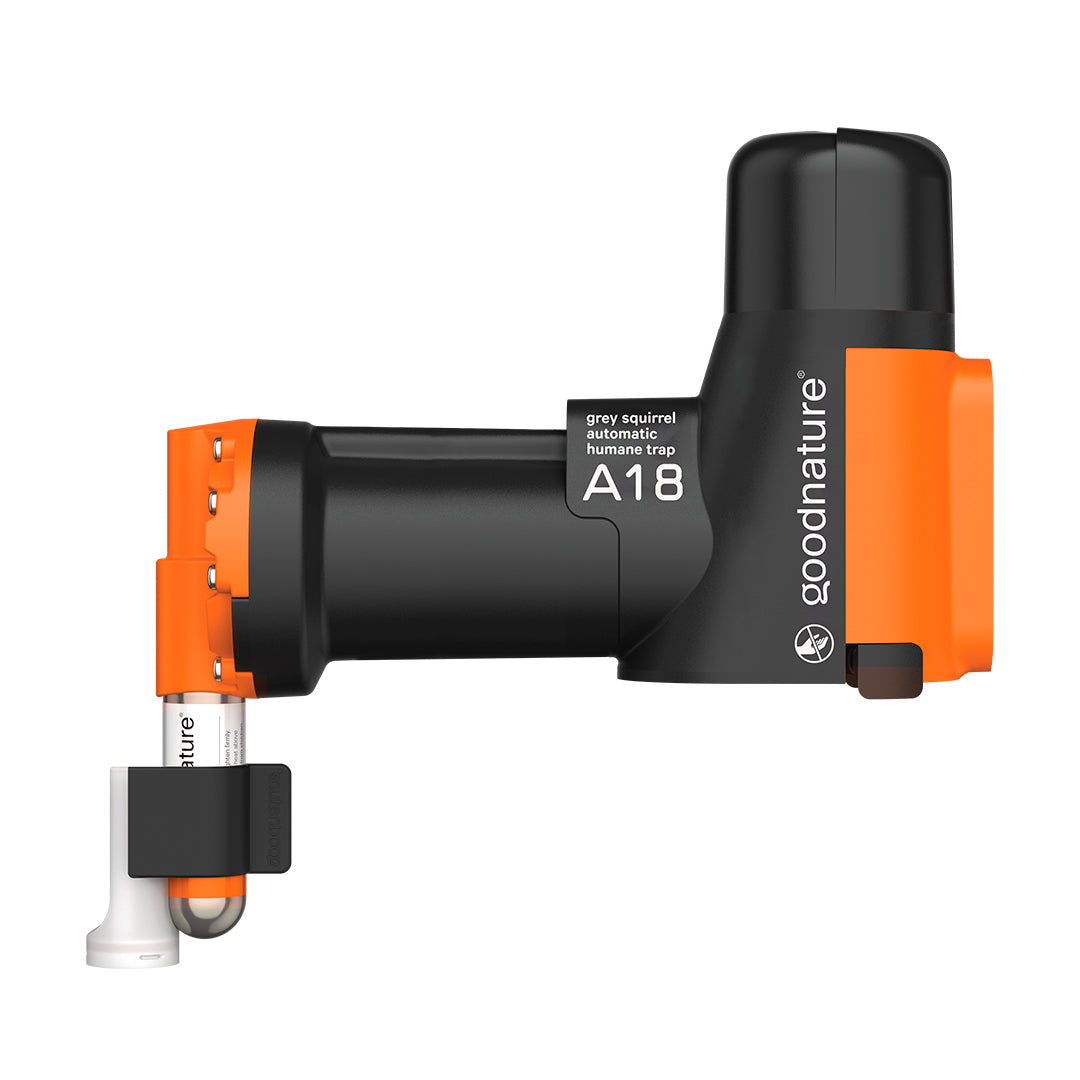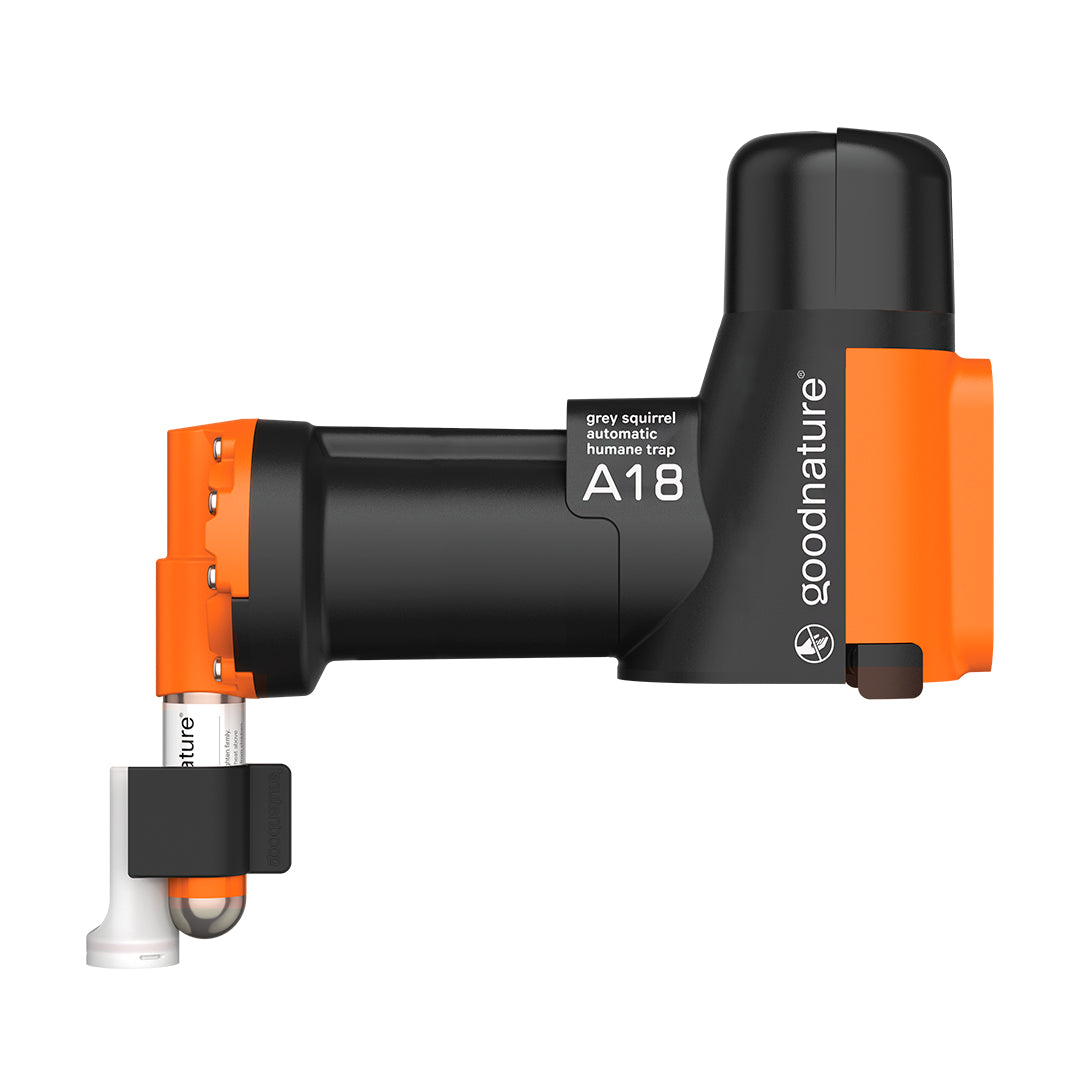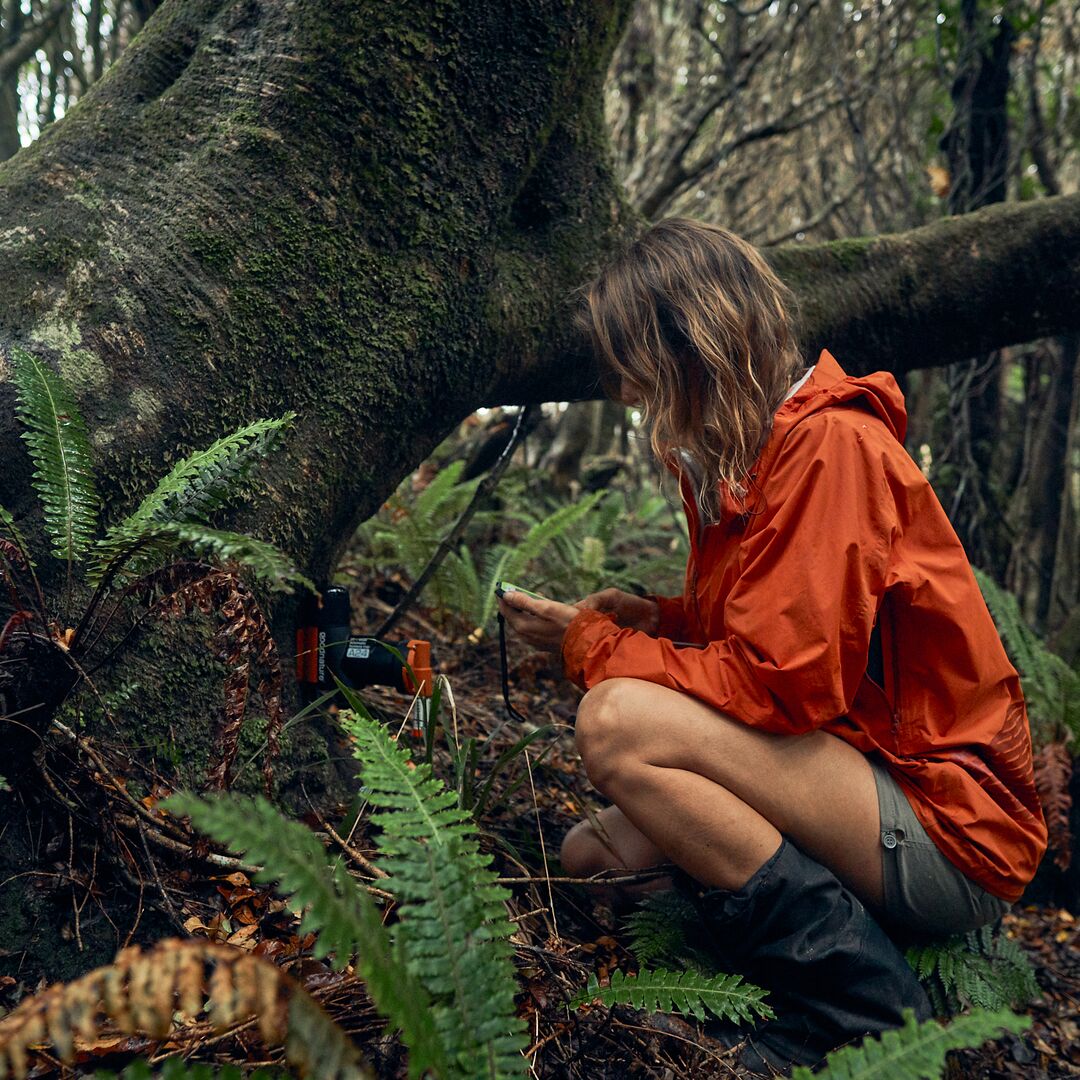
State Squirrel trapping Regulations: Page Three

Trapping Squirrels in Tennessee – TN
In Tennessee, trapping squirrels is allowed during the designated trapping season, which typically runs from November 1st to the end of February. Trappers must possess a valid trapping license and follow the regulations set by the Tennessee Wildlife Resources Agency. Traps commonly used for squirrels include box traps, foothold traps, and body grip traps. Trappers should check the regulations for specific trap size requirements and guidelines. There are no bag limits specified for squirrels in Tennessee. It is important to consult the official wildlife agency for comprehensive and up-to-date information on trapping regulations in the state.
Quoted Material

Trapping Squirrels in Texas – TX
In Texas, squirrel trapping is regulated by the Texas Parks and Wildlife Department. The trapping season for squirrels typically runs from September 1 to August 31 of the following year. Box traps, cage traps, and snares are the approved trapping methods for squirrels. It is important to note that trapping is not allowed within 100 yards of any designated public road. Bag limits for squirrels may vary depending on the species, so it's essential to consult the specific regulations provided by the Texas Parks and Wildlife Department
Quoted Material
Trapping Squirrels in Utah – UT
In Utah, it is possible to trap squirrels during the designated trapping season, which typically runs from September 1 to March 31. Trappers can employ various approved trapping methods such as box traps, cage traps, and foot-hold traps. It is crucial to adhere to the specific regulations outlined by the Utah Division of Wildlife Resources, which include trap sizes, trap placement, and other requirements. Additionally, bag limits may vary depending on the squirrel species, so it is important to consult the official regulations for precise information regarding bag limits and other relevant guidelines.
Quoted Material

Trapping Squirrels in Vermont – VT
In Vermont, it is possible to trap squirrels during the designated trapping season, which usually spans from October 1st to December 31st. The bag limit for squirrels is six per day. Trappers must possess a valid trapping license and adhere to the regulations established by the Vermont Fish and Wildlife Department. Commonly employed trapping methods for squirrels include box traps and cage traps.
Quoted Material
Additional Source

Trapping Squirrels in Virginia – VA
In Virginia, it is possible to trap certain furbearer species, but specific regulations apply. Trapping squirrels, however, is generally not allowed for recreational purposes. Trapping regulations in Virginia state that residents under 16 years old do not need a license to trap when accompanied by a licensed adult. Trapping is permitted on any day of the week, including Sundays. Traps must be visited daily, except for completely submerged body-gripping traps, which must be checked at least once every 72 hours. Certain restrictions and requirements exist for trap types, sizes, and settings. It's crucial to refer to the Virginia Department of Wildlife Resources for the most accurate and up-to-date information on trapping squirrels in the state.
Quoted Material

Trapping Squirrels in Washington – WA
Squirrel trapping is allowed in Washington with a valid trapping license issued by the Washington Department of Fish and Wildlife (WDFW). Trappers must adhere to specific trapping seasons and regulations set by the WDFW. The trapping season for squirrels typically occurs from September to February, and trappers utilize various types of traps such as foothold traps, body-gripping traps, and cage traps, following guidelines and regulations established by the WDFW to ensure the protection of wildlife.
Quoted Material

Trapping Squirrels in West Virginia – WV
In West Virginia, squirrel trapping is allowed during the designated hunting season, which typically starts in early September and extends until the end of February. However, it is important to note that specific dates may vary each year, and it is crucial to refer to the West Virginia Division of Natural Resources (WVDNR) website or contact local authorities for the exact opening and closing dates of the squirrel trapping season
Quoted Material
Additional Source

Trapping Squirrels in Wisconsin – WI
In Wisconsin, squirrel trapping is permitted, with specific seasons and regulations in place. The trapping seasons vary depending on the targeted species, such as gray squirrels and fox squirrels, and generally occur during the fall and winter months when squirrel populations are active.
Trappers can utilize various trap types, including live traps, box traps, and cage traps, designed for small mammals. Adhering to trap size, placement, and checking frequency regulations is crucial to ensure the humane capture and release of squirrels.
Quoted Material
Additional Source

Trapping Squirrels in Wyoming - WY
In Wyoming, squirrel trapping is subject to specific seasons and regulations set by the Wyoming Game and Fish Department. The trapping seasons may vary depending on the specific furbearing animal and the region. The permissible species for trapping typically include tree squirrels such as gray squirrels and fox squirrels. As for trap types, common options for squirrel trapping include live cage traps and body grip traps of appropriate sizes. It is important for trappers to consult the official regulations to ensure compliance with season dates, species restrictions, and trap type specifications according to the Wyoming Game and Fish Department.
Quoted Material
Additional Source
- Elegir una selección da como resultado una actualización de página completa.
!

